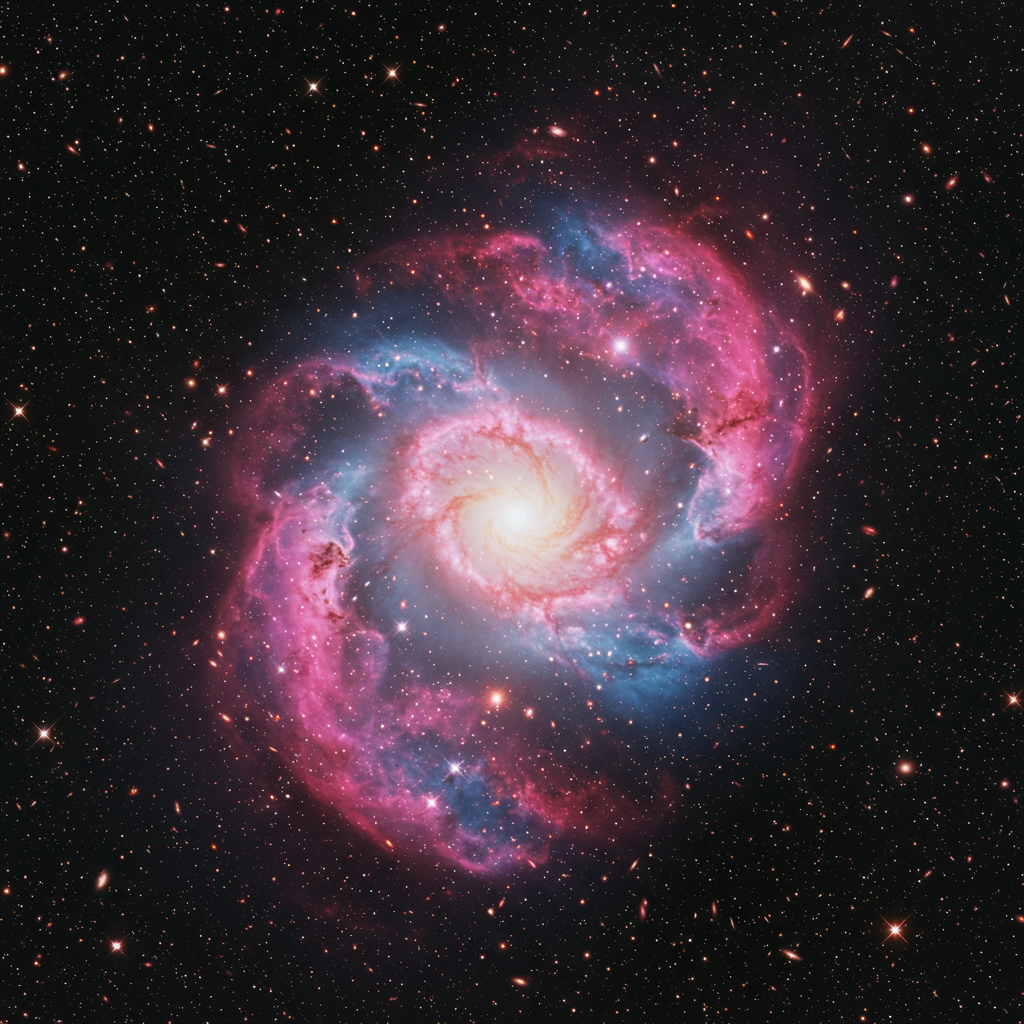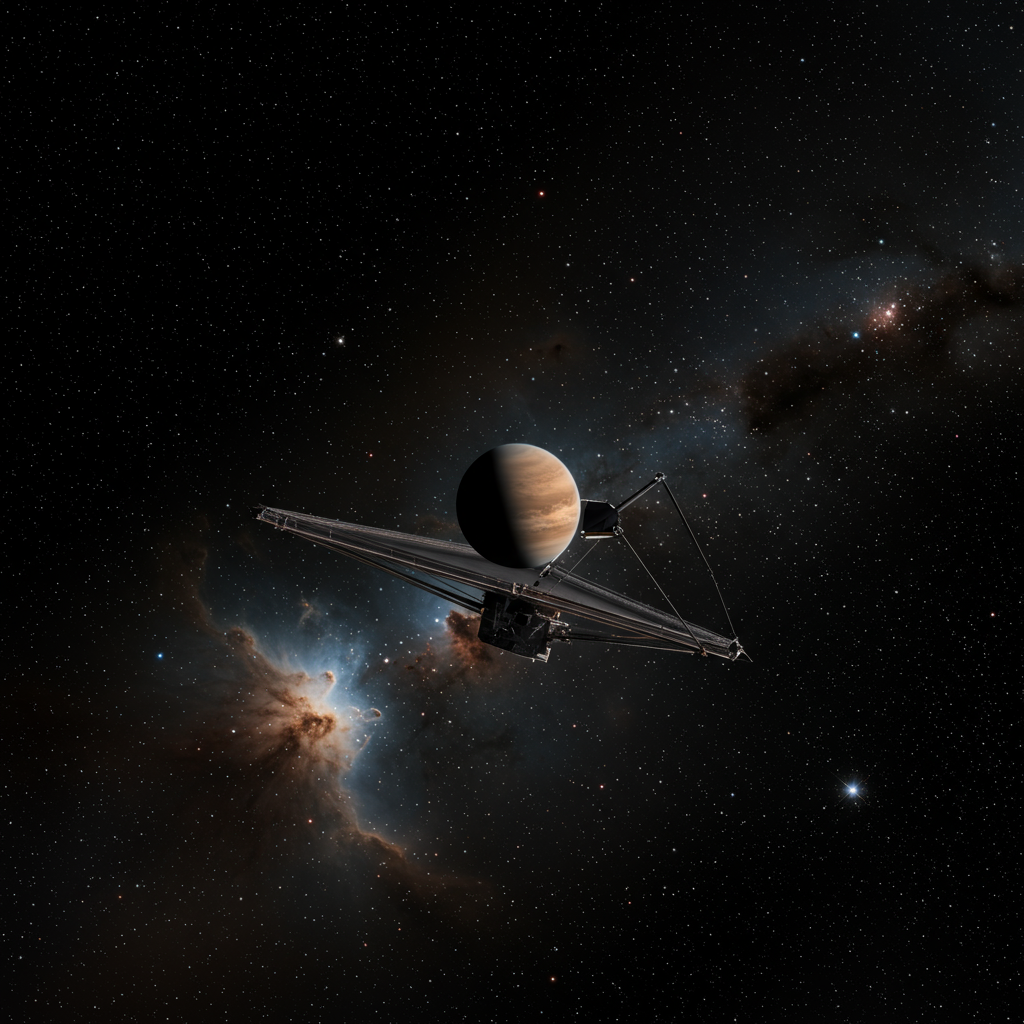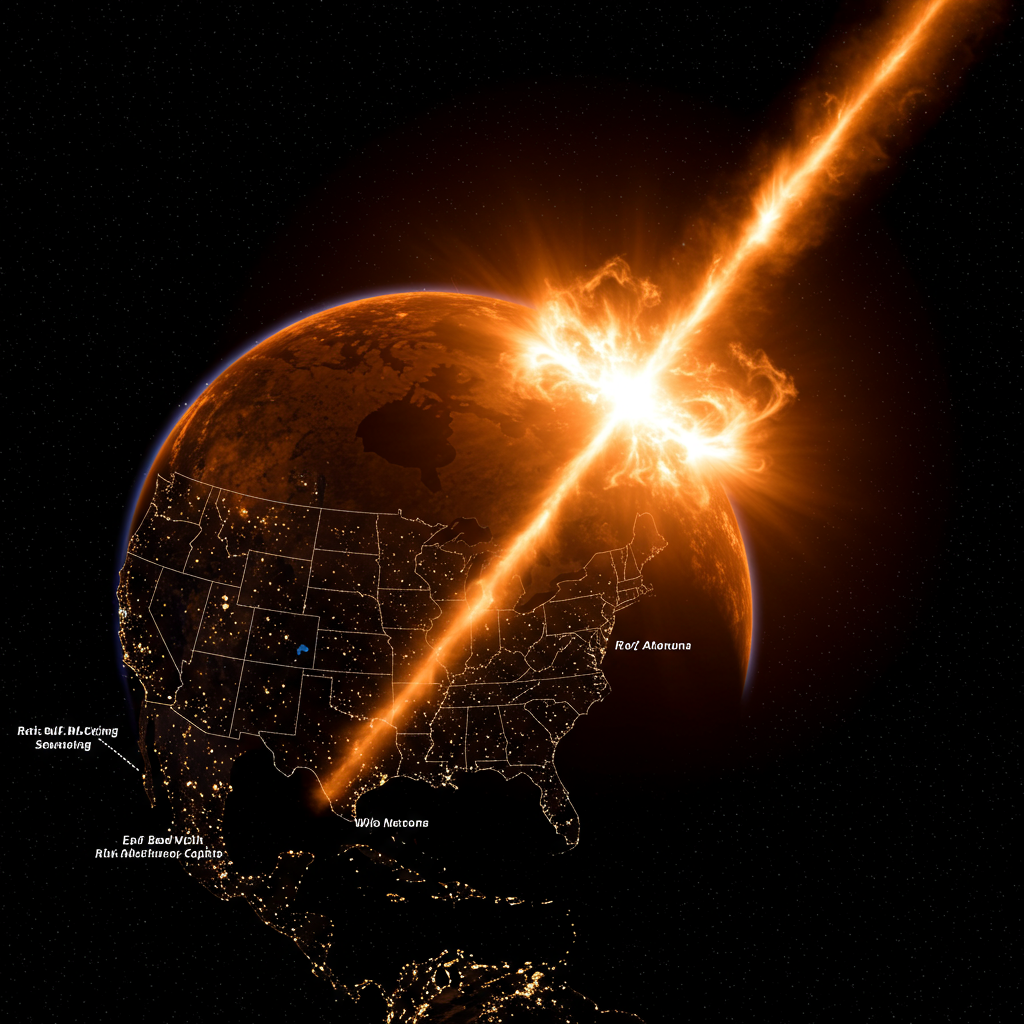The universe is a place of constant change, from exploding stars to shifting asteroid paths. Now, a groundbreaking new facility, the NSF-DOE Vera C. Rubin Observatory, has revealed its first awe-inspiring images, offering an unprecedented look at this dynamic cosmos and marking the dawn of a new era in astronomy.
Jointly funded by the U.S. National Science Foundation (NSF) and the U.S. Department of Energy (DOE), the Rubin Observatory is poised to capture more information about our universe than all previous optical telescopes combined. Located atop Cerro Pachón in Chile, a site chosen for its exceptional dark skies and dry air, the observatory is managed by AURA and operated by NSF NOIRLab and DOE’s SLAC National Accelerator Laboratory.
A Glimpse into the Unseen
Even before its main mission officially begins later in 2025, preliminary test observations from the Rubin Observatory have yielded stunning results. In just over 10 hours of observing time, the facility captured imagery showcasing cosmic phenomena on a scale never before seen.
The first images revealed millions of galaxies and countless stars within our own Milky Way. One video compilation, built from over 1,100 separate images, provided a dramatic zoom-out from just two galaxies to encompass approximately 10 million. While breathtaking, this represents a mere 0.05% of the estimated 20 billion galaxies the observatory aims to map over its lifetime.
Beyond distant realms, Rubin has also proven its extraordinary capability in our cosmic backyard. These initial observations led to the discovery of 2,104 previously unknown asteroids within our solar system, including seven near-Earth asteroids (none posing a current threat). This early success is remarkable, especially considering that all other ground and space-based observatories combined typically discover around 20,000 asteroids annually. Rubin is projected to discover millions of new asteroids within just the first two years of its primary survey.
The Largest Camera and a Cosmic Movie
The heart of the Vera C. Rubin Observatory is its innovative 8.4-meter Simonyi Survey Telescope, equipped with the Legacy Survey of Space and Time Camera (LSSTCam) – the largest digital camera ever built. This massive instrument, roughly the size of a small car, can capture an area of the sky equivalent to 45 full moons in a single shot.
Later in 2025, Rubin will commence its decade-long primary mission: the Legacy Survey of Space and Time (LSST). This ambitious project will transform astronomy by ceaselessly scanning the entire visible Southern sky every three to four nights. The result will be an ultrawide, ultra-high-definition “astro-cinematography” of the universe, essentially creating the “greatest movie of all time” detailing cosmic evolution.
The LSST will precisely capture every observable change in the night sky over 10 years, generating an immense treasure trove of data – approximately 20 terabytes per night, totaling around 500 petabytes over the mission. This unprecedented dataset will contain billions of objects and trillions of measurements, providing an invaluable resource for scientists worldwide for decades to come.
Exploring the Universe’s Biggest Mysteries
The scientific potential of the Rubin Observatory is vast, focusing on four key pillars:
- Dark Matter and Dark Energy: Named in honor of trailblazing astronomer Vera C. Rubin, who found conclusive evidence for dark matter, the observatory will delve into the nature of these mysterious components that make up 95% of the universe. LSST data on distant galaxies, appearing as faint “fuzzballs” billions of light-years away, will be crucial for understanding the accelerating expansion driven by dark energy.
- Mapping the Milky Way: Rubin will create a detailed map of our own galaxy’s structure and evolution.
- Cataloging the Solar System: The observatory will identify millions of previously unknown asteroids, comets, and interstellar objects, significantly enhancing our planetary defense capabilities by spotting potentially hazardous objects much earlier than before.
- Exploring the Transient Sky: Rubin’s speed and wide field of view enable it to detect millions of celestial events that change over time, such as supernova explosions (including Type Ia standard candles used to measure cosmic distances) and variable stars. Information on these “transients” will be distributed globally in near real-time.
Leaders involved in the project expressed immense excitement. Michael Kratsios, director of the White House Office of Science and Technology Policy, called Rubin “an investment in our future.” Brian Stone of NSF stated it would explore cosmic mysteries like dark matter and dark energy, while Harriet Kung of DOE highlighted it as a reflection of what’s possible with federal backing for science, ushering in a “golden age of American science.” Matt Mountain, AURA President, noted that “Astronomy is on the brink of transformation,” enabling entry into “true time-domain astronomy.”
The first images from the Vera C. Rubin Observatory are just a small preview of the discoveries to come. They demonstrate the facility’s remarkable capabilities and signal the start of a groundbreaking decade of cosmic exploration, promising to reveal the dynamic universe as we’ve never seen it before.
Note: Educational resources and ways to participate as a citizen scientist are available via the Rubin Observatory website.




